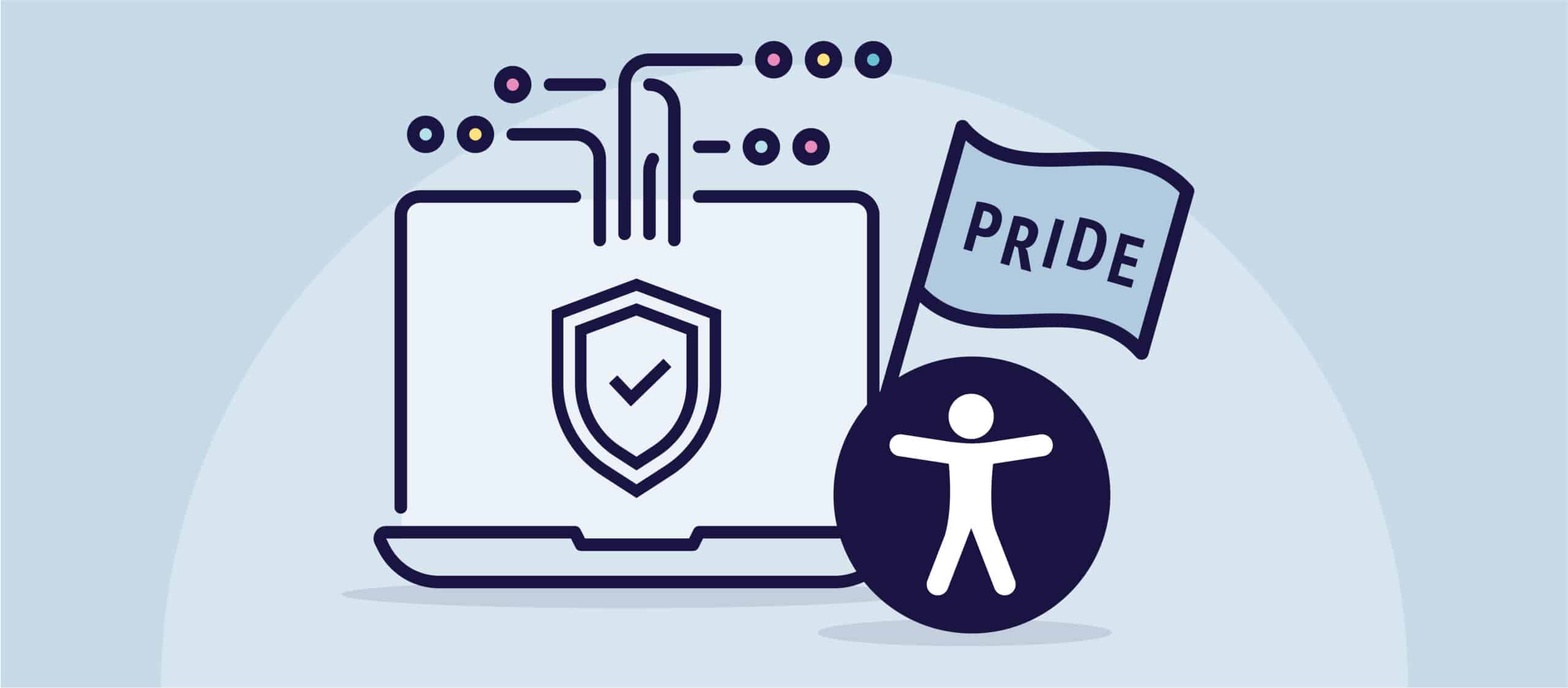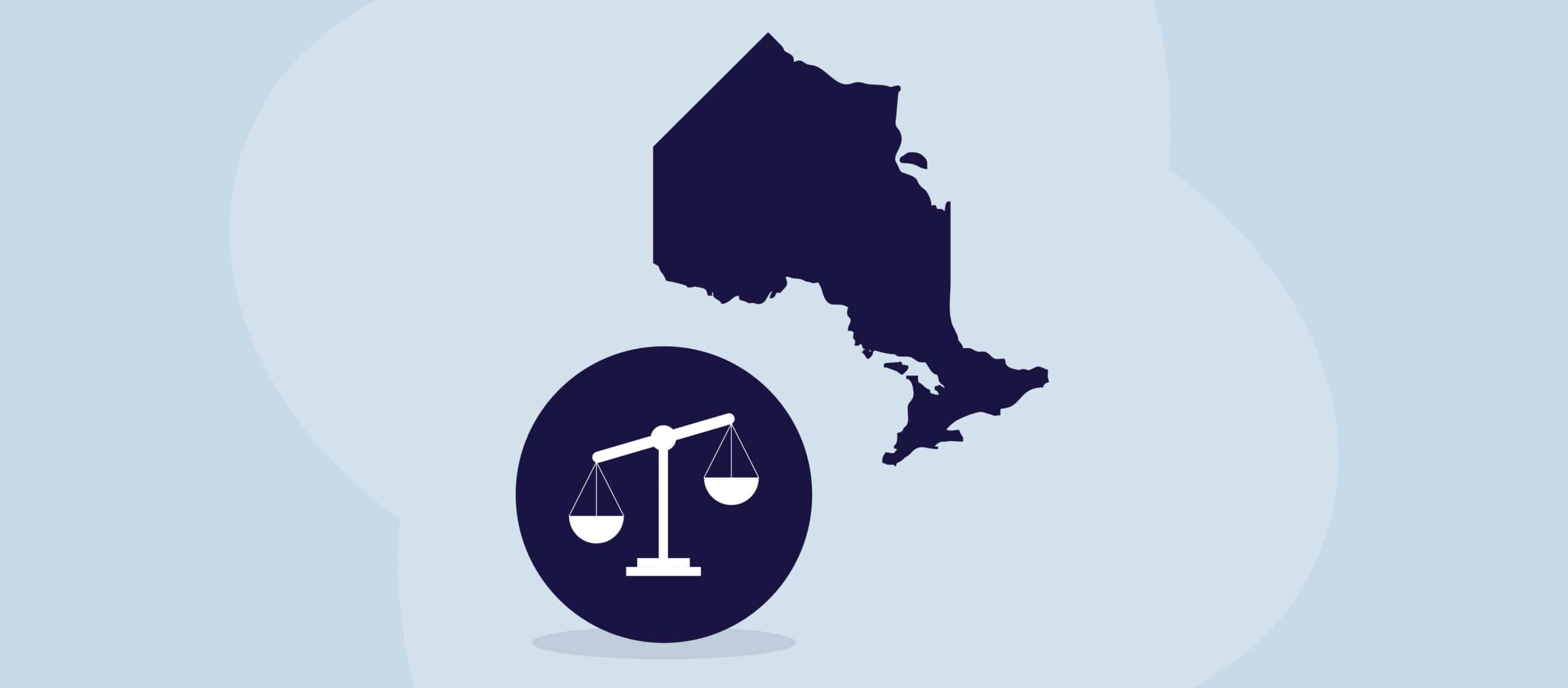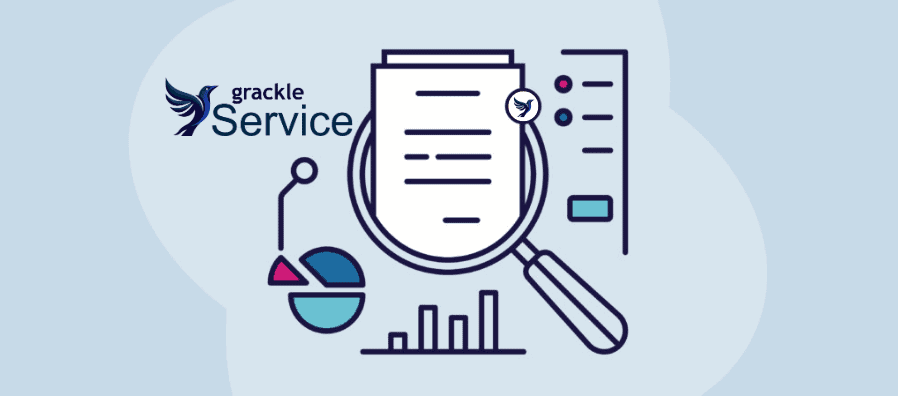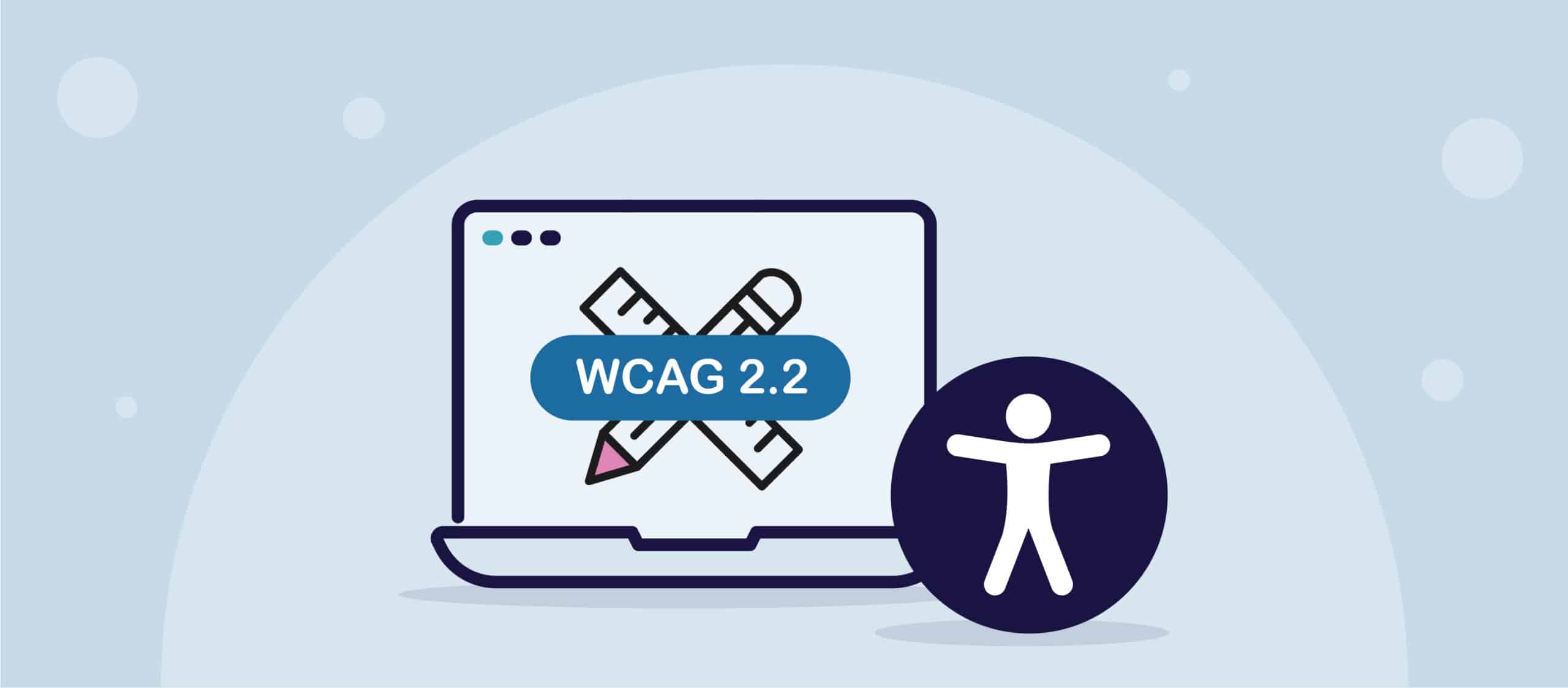As Pride Month swings into high gear with an array of festivities and digital initiatives, it’s essential to spotlight a frequently overlooked issue: accessibility for all, including the disability community. Too often, this group faces numerous barriers that limit their full participation in such events.
Pride Month, celebrated every June, is when we embrace and uphold the diverse identities and experiences within the 2SLGBTQ+ community. However, this diversity must extend beyond gender and sexual orientation to include individuals with disabilities. As we strive for inclusivity and equality, it’s crucial to ensure that all Pride Month activities are fully accessible. Here are some best practices for creating inclusive and accessible Pride Month festivities.
Understanding the Diversity of the Disability Community
People with disabilities represent a wide range of experiences and needs, so it’s crucial to recognize this diversity when planning events. Disabilities can be physical, cognitive, visual, auditory, or a combination. Event organizers should keep in mind this vast array of needs when planning accessible events, from providing sign language interpretation for individuals who are deaf or hard of hearing to ensuring wheelchair accessibility for those with mobility challenges.
Incorporate Digital Accessibility
With the growing prevalence of digital events, particularly in the current climate, digital accessibility becomes more crucial. Platforms for online events should meet the Web Content Accessibility Guidelines (WCAG). Features such as closed captioning for video content, screen reader compatibility, and alternative text for images are all necessary elements of digital accessibility.
Plan Physical Event Accessibility
For in-person events, consider elements such as accessible public transportation, entry points, ramps, bathrooms, seating, and clear signage. Use the principles of universal design to create spaces that are accessible and usable by all people, regardless of their abilities or disabilities.
Involve the Disability Community in Planning
Engaging members of the disability community in event planning will result in a more accessible and inclusive event. In addition, this involvement ensures their needs are taken into account from the start, eliminating the need for retroactive accessibility improvements, which often prove inadequate.
Provide Clear Information About Accessibility
All event promotional material and communication should indicate the accessibility features available. This practice includes digital events. This information allows potential attendees to plan effectively and thoroughly participate without unpleasant surprises.
Training and Education for Staff and Volunteers
Staff and volunteers involved in organizing and running the event should be trained in understanding, respecting, and addressing the needs of people with disabilities. This education promotes a respectful and inclusive atmosphere during the event.
Feedback and Continuous Improvement
Post-event, it’s essential to gather feedback from participants and attendees about the accessibility and inclusivity of the event. This feedback will help identify any areas for improvement and allow organizers to refine and enhance their accessibility planning for future events.
As we celebrate Pride Month, let’s honour the spirit of inclusivity by ensuring that all our celebrations are accessible to everyone, including those with disabilities. By adhering to these best practices, we can create a more inclusive space where everyone feels welcome and valued, fostering true unity in diversity.



